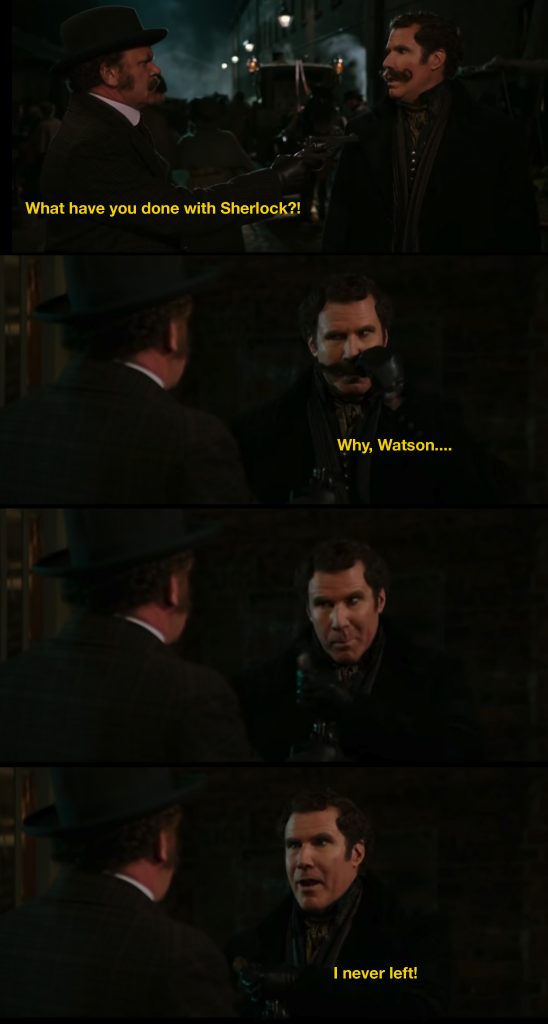
Click the image to see the movie trailer.

A Peer Reviewed Blog

Click the image to see the movie trailer.
“On the Spot” backs members of Culture on the Edge into a corner to talk about their backgrounds, their ongoing work, and what might be gained by an alternative understanding of how identity works.
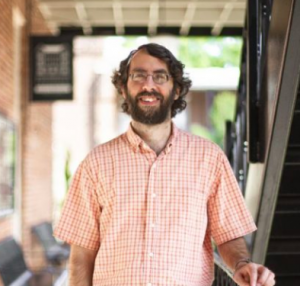 1) When people ask what you study, what do you tell them?
1) When people ask what you study, what do you tell them?
Typically, I respond with the straightforward “Religions of India, like Hinduism and Islam” or “Religions of Asia.” While the answer prompts some people to talk about whomever they know who is from India or has visited India, the perceived exotic nature of India, Hinduism, and Islam means that fewer people are confident to start a lengthy discourse about India, as some people do if I simply answer “religion.”
2) How do questions of identity manifest in your research?
My initial intention was to study the difference between strict religious identifications and the fluidity of practice, as many in India participate in practices that we commonly identify with competing religions. Self-identified Hindus not only celebrate festivals with their co-workers and friends who identify as Muslim, but they also often pray for healing or assistance at Sufi shrines. Similarly, self-identified Muslims have cooperated with Hindus in both ritual and non-ritual practices, even serving as sponsors and performers in particular festivals. And the same dynamics play out among people who identify as Sikh, Jain, or Christian in many parts of India. Continue reading “On the Spot with Steven Ramey”
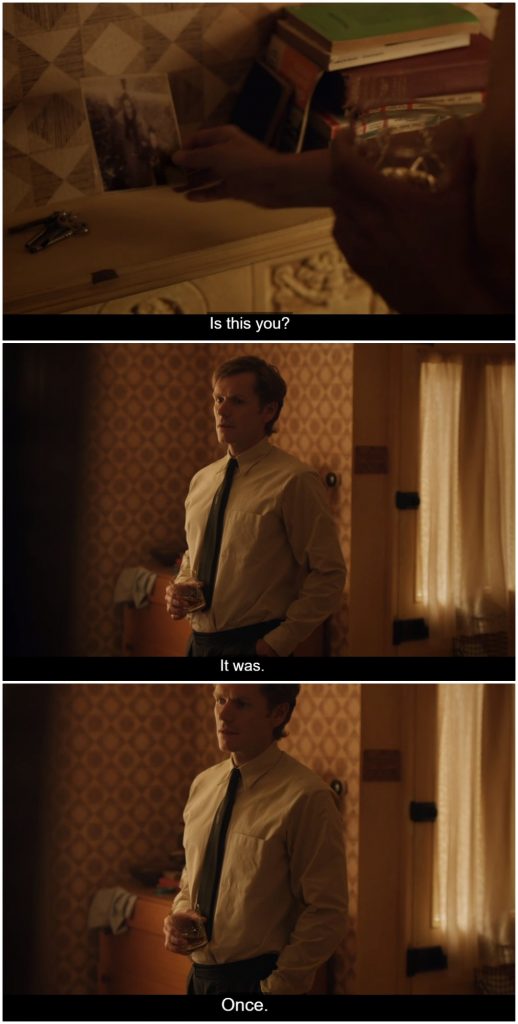
From “Endeavour.” Season 4, Episode 2.
“On the Spot” backs members of Culture on the Edge into a corner to talk about their backgrounds, their ongoing work, and what might be gained by an alternative understanding of how identity works.
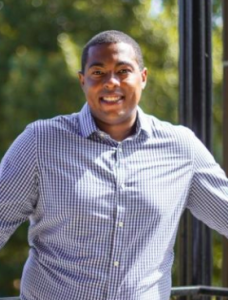 1. When people ask what you study, what do you tell them?
1. When people ask what you study, what do you tell them?
This is a fun question for me as a scholar and an advisor. Usually I tell people that I study “the anthropology of scriptures.” And as I tell students of religion preparing for job interviews, the response to the original question isn’t designed to satisfy so much as it is to peak the asker’s curiosity. I like to turn a point of information into a point of interest by pairing something presumably familiar (e.g. scriptures) with something presumably strange (e.g. anthropology). And in so doing, I hope to have provided an answer that is interesting enough that I’m granted the chance to elaborate.
If I’m successful at this, then I get to say how I’m interested in how and why some of the cultural texts people read also appear to read them back. We know people and social interests are at work in creating these media, yet we are also aware of instances where people relate to texts in and of themselves. What’s up with that? Quite a lot actually…. Continue reading “On the Spot with Richard Newton”
The following excerpt is from Sarah Imhoff’s contribution to the newly released volume Identity, Politics, and the Study of Islam: Current Dilemmas in the Study of Religions, with Culture on the Edge Books Series (Equinox Publishing).
The field of Jewish studies is full of Jews. This is obvious. It is also surprising, for two reasons. First, the diversity of Jewish studies scholars compares unfavourably with other religion-related fields. Islamic studies currently has a sufficient mix of Muslim and non-Muslim scholars to create a heated debate about epistemology, apology and the study of Islam. Jewish studies still has relatively few non-Jewish scholars of Judaism, although the number is growing. … While Islamic studies in American traces much of its history through Orientalism — non-Muslims studying Muslims and Islamic civilizations–the dominant narrative of Jewish studies begins with Jews studying Judaism. Although Jewish studies is my primary field, I have found that reflecting on Islamic studies has made me think more clearly about Jewish studies. I hope the reverse also proves true — that reflecting on Jewish studies will offer fruitful parallels with, as well as distinctions from, many of the larger issues at play in Islamic studies (121-122).
– Sarah Imhoff, “Jews, Jewish Studies and the Study of Islam”
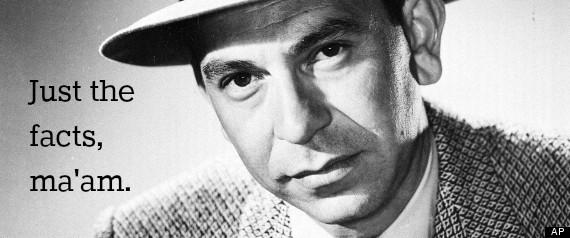
In the course I’m TAing for (a Masters level American Religious History course), I was given the opportunity to give a class lecture. The professor wanted me to bring my own work and knowledge, given that the lecture material was related to my own area of study (Catholic immigration and nationalism in the US). While I have had the opportunity to lecture in the past (and design my own portion of the syllabus to then teach), this was the first time I taught material chosen by someone else. Continue reading “Teaching “Just the Facts””
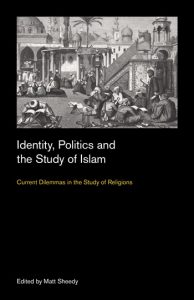 This interview is part of a series of interviews on new books from the Culture on the Edge book series with Equinox publishing.
This interview is part of a series of interviews on new books from the Culture on the Edge book series with Equinox publishing.
This edited volume began in response to a debate between two scholars who study Islam, Omid Safi and Aaron Hughes. Can you introduce the main issues of that debate?
The idea for this book came out of a “debate” between Omid Safi and Aaron Hughes back in early 2014. The initial salvo came when Safi published an essay on Jadaliyya, “Reflections on the State of Islamic Studies,” where he characterized Hughes’s work as “grossly polemical and simplistic,” though without providing any specific evidence for this claim. Hughes replied on the Bulletin for the Study of Religion blog (where I was then editor), challenging Safi to “do what the Western tradition of scholarly discourse demands and respond to my ideas in print as opposed to engaging in innuendo and identity politics.” After some preliminary discussion on Facebook, where we considered the possibility of a more substantive exchange on the Bulletin blog, Safi decided not to engage further on this forum.
In the interest of expanding the conversation I asked a number of scholars of religion to comment on some of the issues raised in these two blog posts, with an emphasis on the following tension: whereas Safi’s reflections on Islamic Studies stress the role of feminist, post-colonial, and anthropological approaches, and laud scholars who work between the academy and the community for political ends (e.g., see Safi’s edited book Progressive Muslims), Hughes argues that the emphasis on identity politics in much of Islamic Studies contributes to the persistence of apologetics and inhibits the kind of critical scholarship that religious studies ought be striving for. Subsequent to this, more responses were published in a special issue of the Bulletin’s journal, which became the starting point for this book. In this volume a few of the same contributors expand their original pieces, along with five new essays, including an afterword from Russell McCutcheon. Continue reading “Identity, Politics, and the Study of Islam: An Interview with Matt Sheedy”

The other day, I went to a local coffeehouse for breakfast. The restaurant is an entirely gluten-free facility that also caters to other dietary restrictions. The restaurant is somewhat of a hot-spot for those of us with food allergies or dietary restrictions because it accommodates most all of them. While the entire facility is gluten-free (not to be confused with wheat-free), they also have vegan breads and cheeses, so anyone can order most anything on the menu. Continue reading “Real Cheese and the Eucharist: On the Rhetoric of Dietary Restrictions”

Have you heard the uproar about the decision not to televise the presentation of some Oscar categories on this year’s upcoming broadcast? It was reversed the other day, but the plan had been to deal with the ever-increasing length of the annual telecast by excluding four presentations from the live show that viewers would see — and awarding them instead during the commercial breaks. Continue reading “The Blind Spot of Dissent”

Social Justice for Sale (Part I of Selling Diversity, Unity & Social Justice) addressed how recent advertisements from companies like Coca-Cola, Nike and Gillette promote varying aspects of social responsibility via campaigns of unity, diversity, and social justice. Is this the dawn of the ethical corporation? Is this about changing minds and perceptions to create unity? Do these campaigns challenge the system or is this just about maintaining a status quo?
(To read the first half of the series click here for Part I)
Selling Diversity, Unity & Social Justice Part II:
The Hidden Costs of Super Commercials of Unity & Social Justice
Since that Coca-Cola hilltop commercial first played 50 years ago, the image of inclusivity the brand portrays today is salient as ever. Yet, the company is accused of dehydrating communities around the world of one of the most vital resources: water ( In Town With Little Water, Coca-Cola Is Everywhere. So Is Diabetes). Greenpeace notes that Coca-Cola, PepsiCo, and Nestlé were found to be the worst plastic polluters worldwide in global cleanups and brand audits. The company is also charged with violating workers’ rights in a number of countries such as Columbia, Turkey, Guatemala and Russia (Coca-Cola: Drinking the World Dry). Who are they really including in their messages of “unity and positivity?”
Continue reading “Selling Diversity, Unity & Social Justice – Part II”